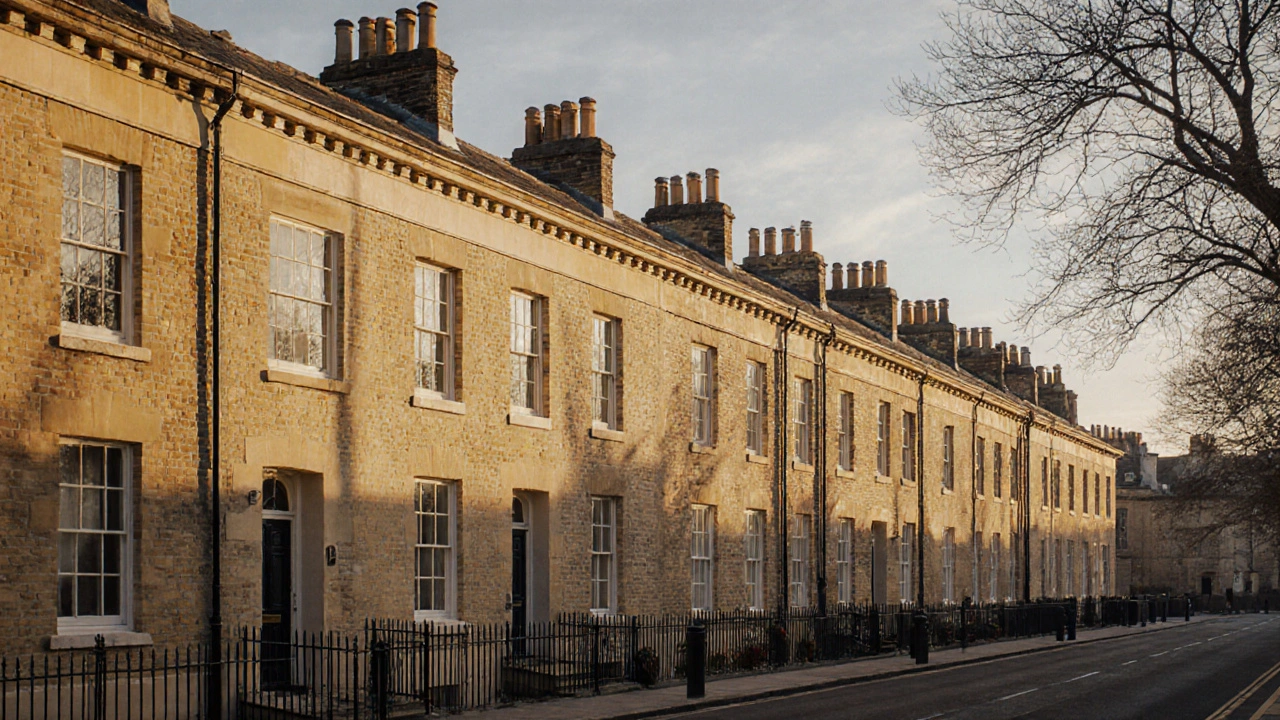Georgian architecture blends classical symmetry, refined materials, and balanced proportions to create timeless homes that still inspire modern design. Learn its defining features, global influence, and how to recognize authentic examples.
Symmetry in Architecture: The Power of Balanced Design
Ever walked into a building and felt instantly comfortable? Chances are the space uses symmetry. A balanced layout tricks our brain into thinking the space is stable, safe, and welcoming. In this guide we’ll break down what symmetry really means for architects and how you can see it everywhere.
What is Architectural Symmetry?
In simple terms, symmetry means one side mirrors the other. Think of a face: the left eye matches the right eye. In a building, symmetry can appear in the floor plan, the elevation, or even in the decorative details. It isn’t just about copying; it’s about creating a visual rhythm that guides the eye.
Architects use several types of symmetry:
- Reflection symmetry – a line splits the design into matching halves.
- Rotational symmetry – a shape looks the same after a turn, like a round dome.
- Translational symmetry – elements repeat at regular intervals, such as a row of columns.
Symmetry in Famous Architectural Styles
Many historic styles lean heavily on symmetry because it signals order and power. Ancient Roman temples, for example, line up columns on either side of a central doorway, creating a clear, imposing front. The Colosseum’s arches repeat in perfect rows, giving the structure a timeless beat.
Renaissance architects took the idea further. In Florence’s Duomo, Brunelleschi placed the dome and the supporting ribs in a balanced grid, making the massive space feel orderly. The same logic appears in the facades of Italian palazzos, where windows and doors follow a strict grid.
Georgian houses in the UK and US show symmetry in every detail. A centered front door, flanked by evenly spaced windows, creates a calm, rational look that many still copy today. Even the decorative cornices line up with the roofline, reinforcing the balanced feel.
Modern movements didn’t abandon symmetry; they just played with it. Neo‑Futurist skyscrapers often use rotational symmetry, turning a simple shape into a dynamic statement. High‑tech architects might break symmetry in one corner while keeping the rest of the building orderly, creating a surprise that still feels grounded.
Seeing symmetry yourself is easier than you think. Start by locating the main entrance – does the building split evenly on both sides? Look up: are the windows arranged in a regular pattern? Walk around the perimeter and notice if columns, pilasters, or balcony rails repeat at set intervals.
If you’re designing a home or a room, you can add symmetry without making the space boring. Place a large sofa opposite a matching armchair, or align artwork on either side of a central console. Even simple things like matching light fixtures on both sides of a hallway add a subtle, calming order.
Remember, symmetry is a tool, not a rule. Use it where you want stability – entryways, foyers, or main facades. Break it intentionally in areas where you want excitement, like a kitchen island or a gallery wall.
Next time you step into a building, pause and ask: does my brain feel a push‑pull? That feeling is symmetry at work, shaping how we experience space. Knowing the basics lets you appreciate historic landmarks and improve your own designs with confidence.
Explore the defining features, iconic examples, and lasting influence of Georgian architecture, the elegant 18th‑century style that still shapes our cities.


